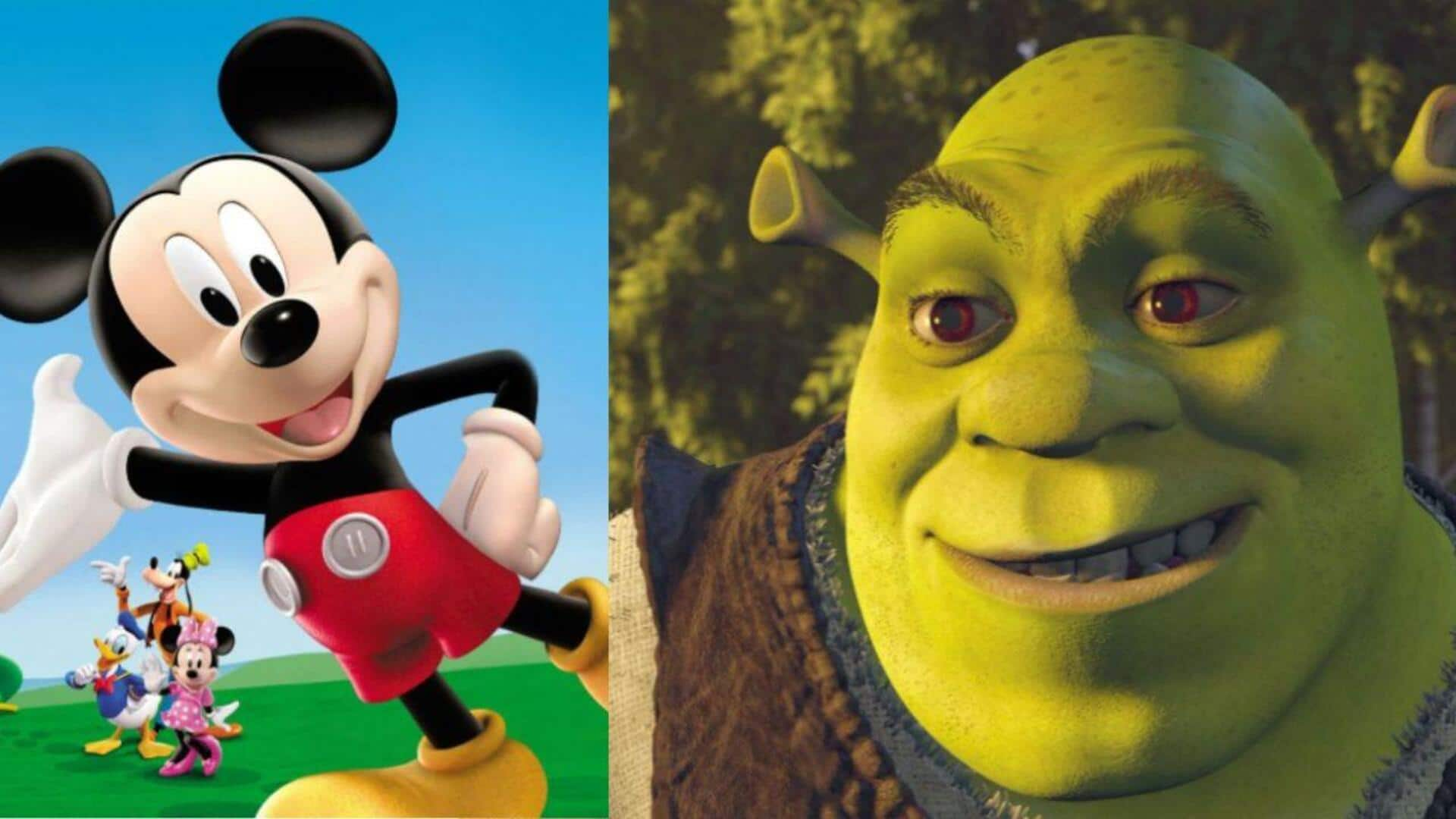
From slapstick to satire: How animated humor evolved with time
What's the story
The evolution of humor in animated US cinema also mirrors changes in society and technology. From slapstick to the satire of today, these films have fallen in line to both entertain and comment on society. This shift not only entertains but also provides insights into American cultural transformations over time.
#1
Slapstick comedy in early animation
In the early 20th century, slapstick comedy ruled the roost in the world of animated films. From characters like Mickey Mouse to Tom and Jerry, physical comedy, exaggerated movements, and visual gags were used to evoke laughter. This style was inspired by silent films, where visual storytelling played an important role due to the lack of sound. The simplicity and universality of slapstick made it accessible to all age groups.
#2
Rise of satire and parody
Just as animation technology progressed, so did its narrative depth. By the mid-20th century, satire and parody became mainstream forms of humor in animated cinema. Shows like The Simpsons ushered in a new era where animation could challenge societal norms through wit and irony. This transition paved the way for filmmakers to tackle more mature subjects while still captivating younger audiences with colorful visuals.
#3
Influence of pop culture references
Pop culture references also became a staple of animated films in the late 20th century. Movies like Shrek cleverly integrated contemporary cultural elements into their storylines, appealing to both kids and adults alike. These references created layers within the narratives that offered levels of understanding depending on viewers' familiarity with popular culture at that time.
#4
Technological advancements impacting humor styles
Technological advancements have revolutionized the way humor is delivered in animated films nowadays. With CGI, animators are able to create more detailed expressions and nuanced character interactions than ever before. This enables subtler forms of comedic expression beyond traditional slapstick or verbal jokes—like visual puns or situational irony—that resonate well with modern audiences looking for something diverse in terms of comedy.